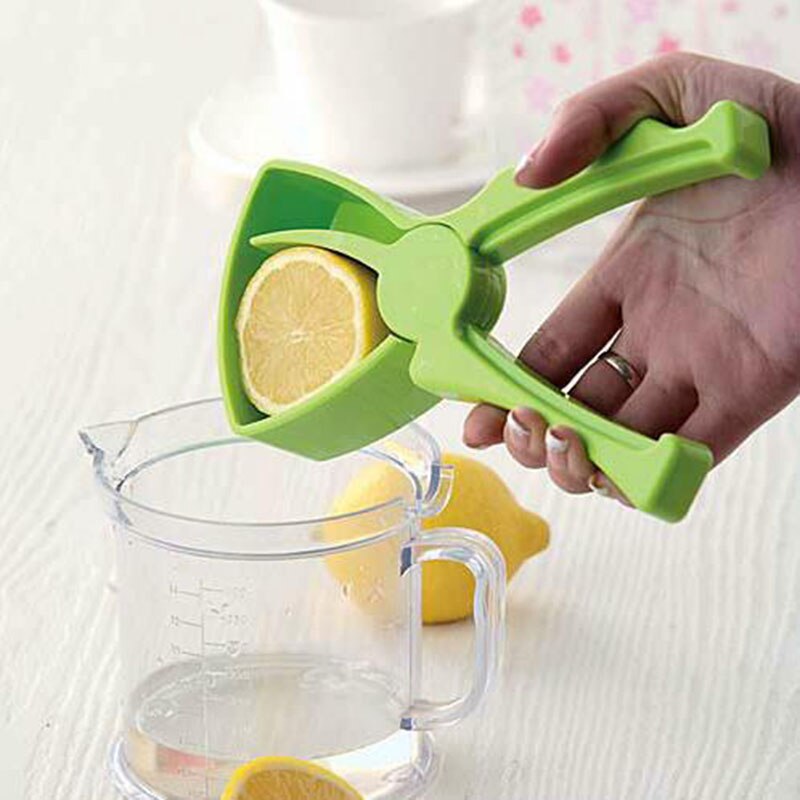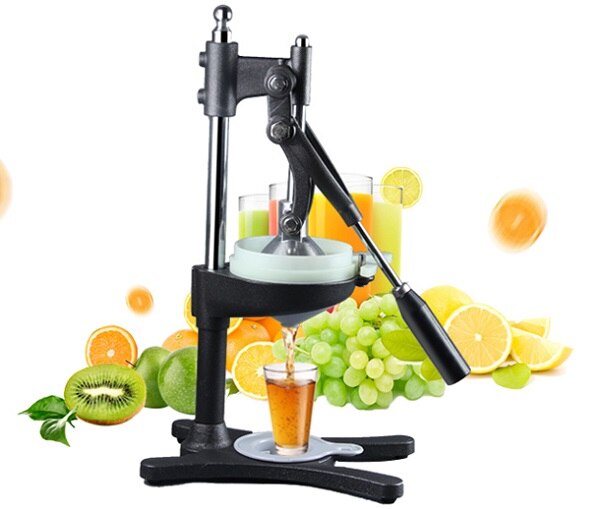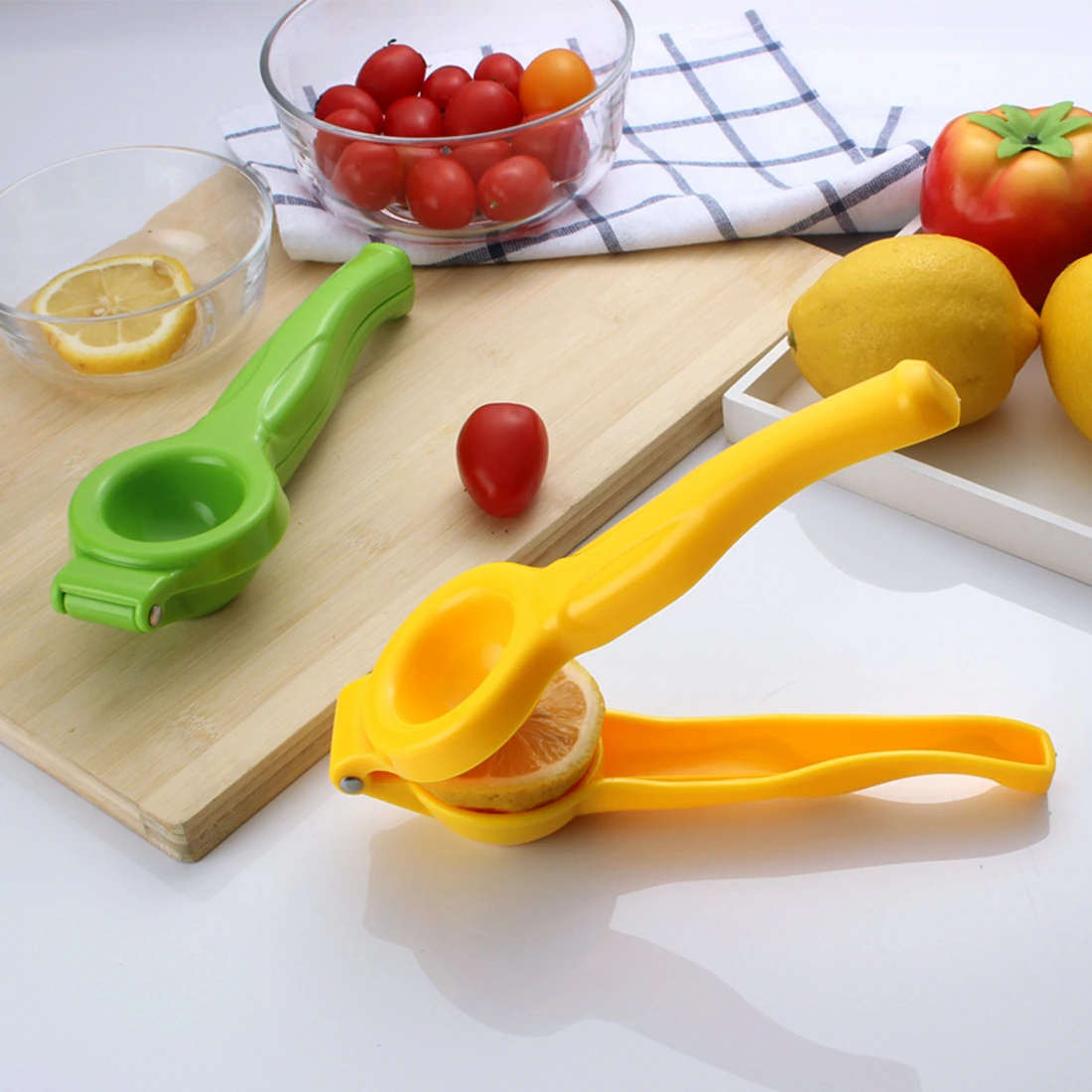Gym & Juicing
- Chef Duane

- Jun 27, 2023
- 5 min read

There's no secret of the benefits of juicing in gaining and maintaining a healthy system. Giving your body the work out it deserves through juicing has been a pastime of the average American for the past few decades. Stace and I wanted to get a juicer for a LONG time. I originally wanted a masticating juicer, she just wanted a GOOD juicer. Wait, there's more than one kind of juicer? YES! There are in fact SEVERAL kinds of juicers! Here's the pros and cons of each one and what we finally decided.
Reamers
Centrifugal
Masticating
Triturating
Juicing Press
Steam Juice Extractor
Hydraulic Press Juicers
Reamers
So let's go with the first thing first. The one you all will recognize, is the Reamer. The reamer is also known as a manual juicer. There are several types from hand press to the old school press down versions famous for OJ. Though they're great for affordability and space requirements, they aren't great for large amounts of juice prep or things that might not be specialty like wheat grass.
Pros:
Cheaper
Take up less space
Silent...except for your grunts
No need for electricity
Cons:
More time consuming
More work for larger amounts
Centrifugal

For some of you, this was your parents juicer. These were some of the first juicers that weren't completely manual in some way. These work by spinning and shredding smaller cut pieces of fruit really fast until the juice inside is released through screens that keep the pulp separate.
Pros:
Gets more juice than the manual versions
Faster than the manual ones
Cost effective alternative to the manual press
Most popular type
Smaller electric types
Very few parts to clean
Cons:
Not very efficient
Screen can be difficult to clean
High Pulp-doesn't do very effective job of separating solids from skins, seeds and stems
Rotation speeds creates heat which lowers the quality of the juice
A lot of foam oxidation which quickly separates
Noisy
Can't handle greens, grass, or nuts well
Masticating

Masticating juicers are more commonly known as slow juicers. The major difference between these and the centrifugal juicers are the speed in which they extract the juice. These juicers use an gear called an auger to crush the fruits and veggies through a screen. Often marketed as cold pressed, but they actually aren't since they literally have NO parts which contain or are a press.
Pros:
Much higher juice yield
Good with greens and nuts
Less foam so taste fresh longer
Cons:
Fruits and veggies have to be prepped smaller
Expensive
Hard to clean
More parts
Take more time
Bulkier
More pulp
Juice often has "bitter" taste
Triturating

Triturating also known as twin gear juicers have 2 augers instead of one. They also push the produce through a decreasing screen. Unfortunately, still shares many of the problems of it's masticating cousin.
Pros:
Supposedly more nutrients extracted
Quiet
Some models can be multipurpose (Baby food, Nut butter, sorbets and even pasta)
Cons:
Much more expensive
Fruits and veggies have to be prepped smaller
Expensive
Hard to clean
More parts
Take more time
Bulkier
More pulp
Juicing Press

The juice press uses a blade to break up produce, then the bottom of the blade pressed the pulp through an extra fine mesh screen, before pushing the the remaining pulp out of one side while the juice goes into a different chamber.
Pros:
Little to no oxidation
No heat needed
Keeps nutrients in-tact
Amazing juice extraction yield
Not as noisy
Pulp control
Less prep work
Multipurpose (Greens, grass, nut milk, seed milk)
Tends to not break down as much
Cons:
Many parts to clean
Expensive
Slow and Bulky
Steam Juice Extractor

Now, in all honesty, I haven't used this type of juicer before, so I really had to research this one. So, lets see how simply I can explain this. There are only 3 pieces. The bottom stock pot, the middle juice kettle and the top colander that holds the produce. The steam pressure builds and essentially "presses" the juice through to the kettle. Once you have the desired amount of juice, you simply open the clamp at the end of the hose to drain the juice into a container. If you want to fully geek out and learn even more information about these types of juicers, here's a great resource!
Pros:
EXTREMELY simple and easy to use
Retains most nutrients...which is weird cause it uses steam which is not cold...just sayin...)
Can be used to make wine
Great for collecting sterile juice for canning
Easy to set-up, break-down and clean
Little pulp
Relatively Inexpensive compared to the top and mid range electric juicers
Minimum prep
Great juice for jams and jellies
Relatively quiet
Cons:
Considered specialty, so not many options of brands or versions
Heat still causes some nutrient loss and enzyme breakdown
Harder to source
Hydraulic Cold Juice Press

So I first ran into this juicer when I worked at a Paleo Restaurant in the city called Hu Kitchen. It's pretty simple to operate. There are 2 stages, The first is a simple cold press auger that presses the pulp through a screen much like the standard cold pressed juicer. Once the pulp and initial juice are separated, the remaining pulp is then placed in a nut bag or fine mesh cheesecloth and pressed with a hydraulic plate until almost every drop of juice is extracted.
Pros:
Best juicer for yield
Best juicer for nutrient and enzyme retention
Best quality Juice
Very slow
Very quiet
Works with ANY type of produce
Cons:
EXPENSIVE
Can be a bit messy
Heavy

With ALL of that in mind,... we decided on the Nama J2 Cold Press Juicer! Though it may be a BIT pricey compared to other electric juicers of it's class, it checked all of the boxes we couldn't feel comfortable sacrificing. Meaning, we paid for what we each wanted cause neither one of us wanted the other to win by giving up more lol I'll post a comprehensive review of the Nama juicer soon, but here's some quick highlights of what made up our mind:
We could make plant-based milks
No heat
Maximum juice acquired
Don't wait obscene times
Can handle whatever we throw at it
Doesn't carry commercial costs
Not complicated to clean
Kids can easily help
Kids easily impressed by mom and dads fancy new clear toy that crushes things in a clear container with tons of parts they can't get to, but has delicious results!
This by no means is a comprehensive list of ALL, the juicers that are available even in each TYPE of juicer let alone other lesser known regional varieties. These are just the most common juicers you're likely to run into. There are many specialty juicers, that though they may fit into one of the above mentioned categories, may have a very simplified or very much more complicated operation. This will be reflected in the price tag mostly lol I would recommend choosing the juicer that best fits your specific needs. If you have the money to buy more than one, there's nothing wrong with that either. One for the fast juice in the morning before work and one that gets the best bang for your gym needs after work. No matter what, making your own juices and milks at home are going to be far healthier than most of the drinks you buy at the store.
P.S. DON'T THROW THAT PULP AWAY! Two great ways to utilize the pulp is in your baking in place of dried fruit as well as makes great compost for your garden! Could save some money on compost and baking ingredients. Since most of the moisture is gone, the pulp easily freezes without many of the freezer burn risks.
Until next time!
-Chef-













Comments